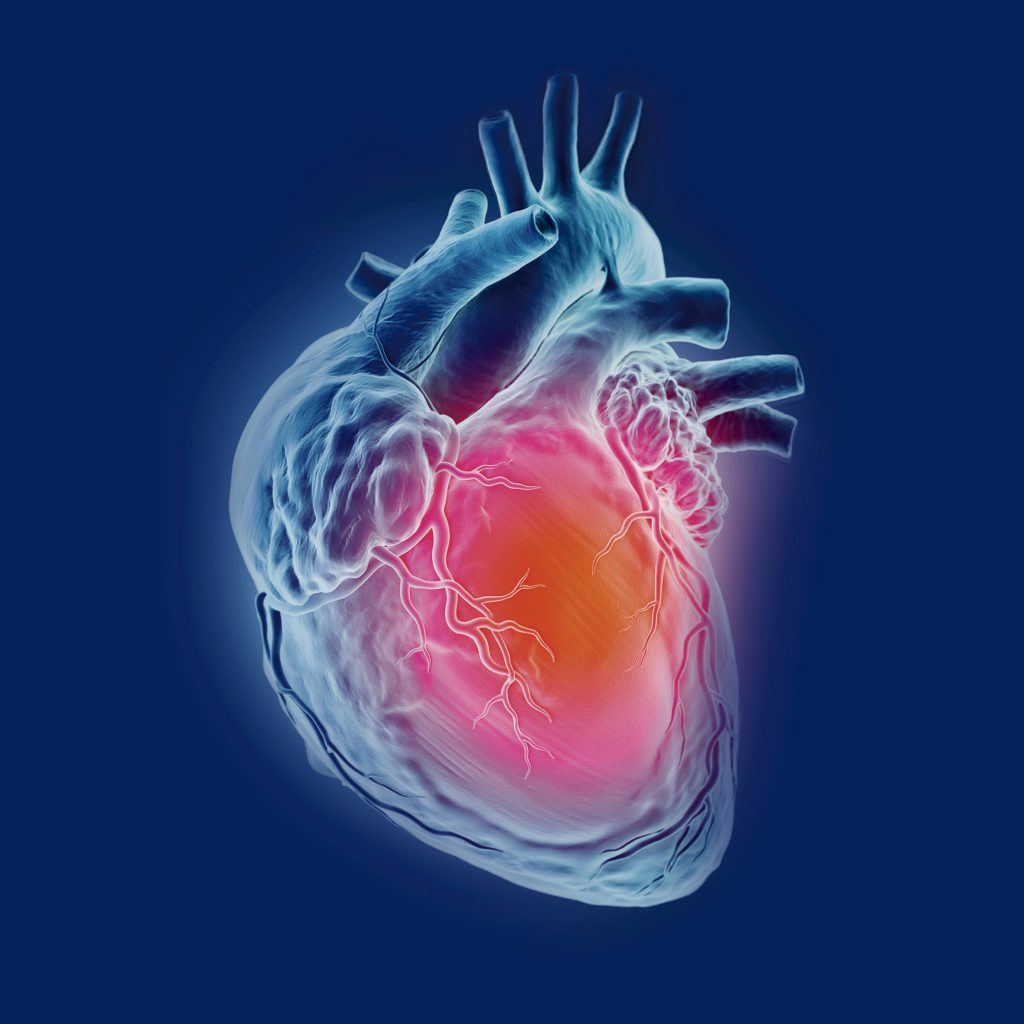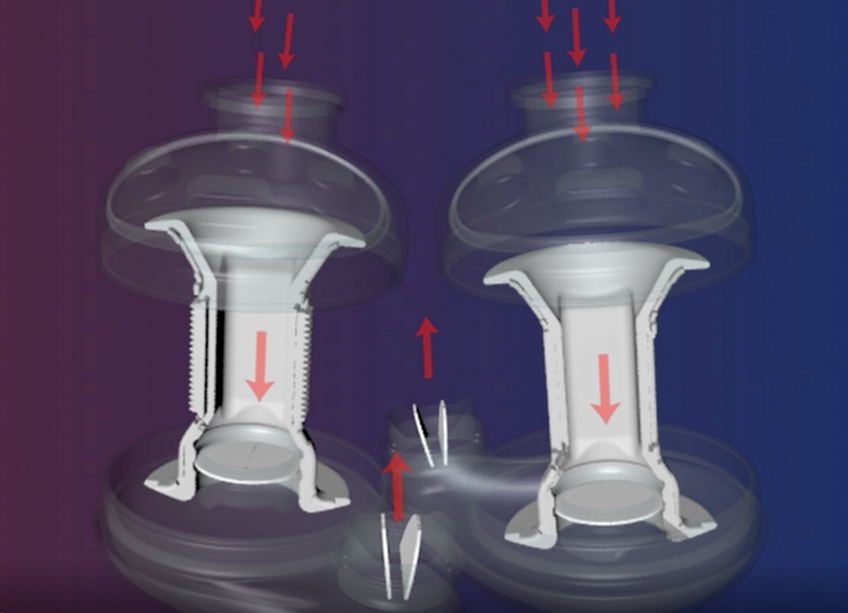Our Key Pumping Principle in Depth

The heart consists of two atriums and two ventricles. The right side is a low-pressure system and the left side is a high-pressure system. The poorly oxygenated blood arrives from the body and enters the right atrium and is then sent into the right chamber and is then transported to the lungs for oxygenation. The blood then returns to the heart via the left atrium and left chamber and is then pumped out to the rest of the body once again. Valves are present between the atriums and the ventricles that act as one-way valves, making sure that no blood will flow in the wrong direction.
Traditionally, the heart has been viewed as a pump that squeezes the ventricles together which pushes the blood into the vascular system. Swedish research has however showed that the heart doesn’t actually squeeze the chamber together but rather acts as a piston pump. The AV-plane can be found between the atrium and the chamber, and the abbreviation for atrioventricular plane. Atrium derives from Latin and means entrance or hallway and ventricle is chamber in Latin. In this plane, there are valves on the right and left side.
The pumping movement is a fast-downward movement of the entire AV-plane. The movement can be compared to a shot of a pistol; fast and with a quick increase of pressure. As the AV-plane moves downwards, the valves close and the volume of blood that is present in the chamber bounces against the bottom wall of the chamber and then out into the arteries on either side. It is this principle function that creates the pulse in the circulatory system.
Pulsation is important to maintain the function of many organs of the body. It has also been proven that pulsations are important in order to stop the larger blood vessels from losing flexibility.
Another important aspect of the pumping movement is that the valves close during the downward movement as hypotension is created in the atrium. This low pressure is important to allow new blood to re-enter the atrium and refill the space in the next pump movement to send blood to the lungs or aorta.

Realheart® TAH is designed to mimic the principle of the human heart’s pumping movement, create normal pressurisation and thus a normal pulse. Refilling the atrium also occurs according the principle of the human heart.
Another important factor is undoubtedly the shape of chamber. The way the chamber is constructed is important in order to create the correct acceleration of the blood into the arteries during the pumping movement. This combined with the shape and constitution of the inner walls are most likely to be important factors that counteracts the build-up of thrombosis. These factors will continue to be scientifically researched.